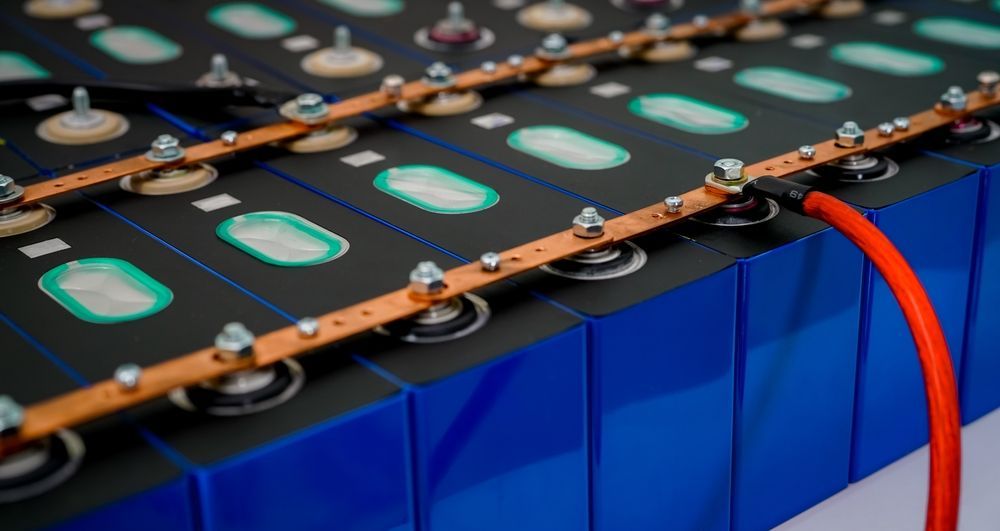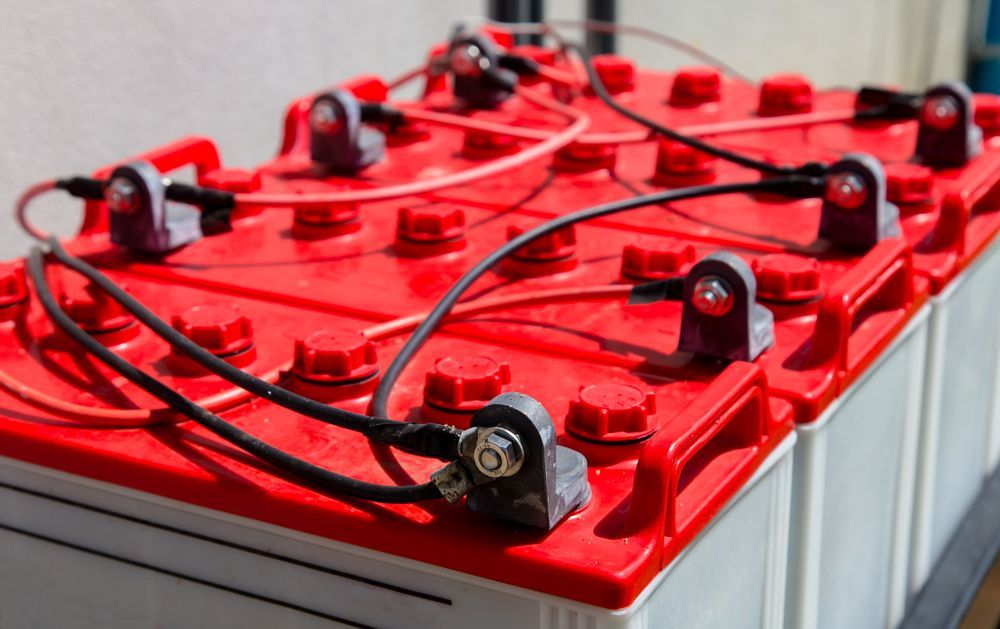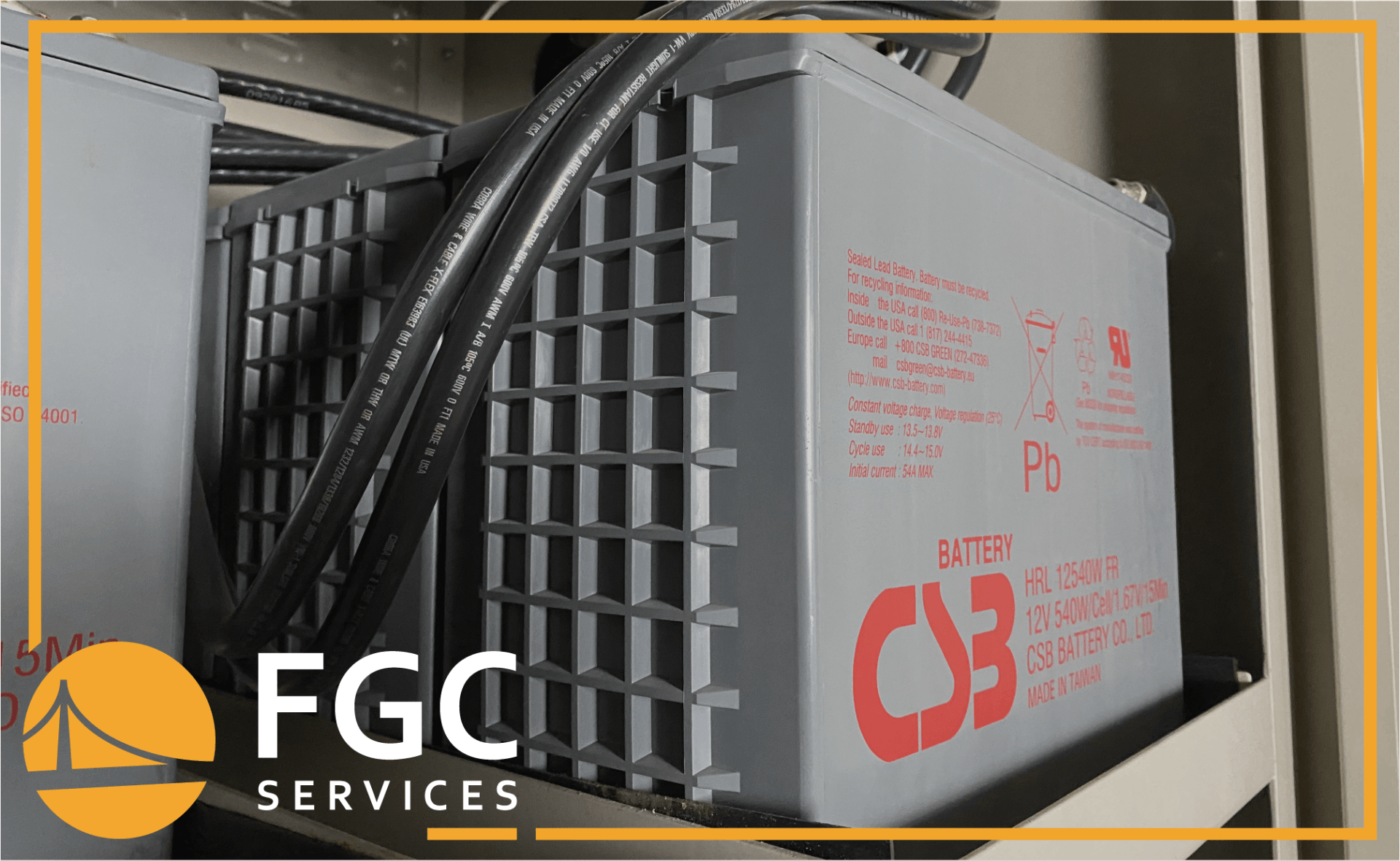Batteries in Series vs Parallel: Types of Battery Connection for Power and Voltage Optimization
15 April 2024
Share this article:

Ever found yourself immersed in a weekend project, like setting up a backup power system for your business or setting up a solar power system, only to hit a roadblock when it comes to connecting batteries? The excitement of creating a reliable and efficient energy source can quickly turn into a maze of decisions when you encounter the dilemma of series versus parallel battery connections. As you strive to optimize your power setup, the need to understand the disparities between these configurations becomes apparent.
When connecting multiple batteries, you may have them placed in a series or parallel depending on the power and voltage needs of the application.
Key Takeaways
- Positive-to-positive connections (parallel) offer an increase in the overall output of power.
- Positive-to-negative connections (series) provide an increased voltage output.
- The number of batteries used for a series vs parallel connection is based on battery capacity, battery voltage, and the application.
Batteries in Series vs Parallel
Batteries serve various purposes, such as powering systems, offering backup during emergencies, or storing renewable energy like solar and wind power for grid use. In many cases, multiple batteries are required for these applications, with the batteries interconnected both among themselves and with the target device. Two common configurations for integrating these batteries are series connections and parallel connections, and the choice between them depends on how the positive and negative terminals are interconnected through the cable harness.
Using multiple batteries is ideal when the battery chemistry cannot be changed to offer higher power or voltage for the application. This configuration is also used when a larger battery cannot be placed in the device.
Batteries in Series: Pros and Cons
With batteries in a series, the voltage increases by double. So two 6-volt batteries will provide 12 volts while two 12-volt batteries will offer 24 volts. For a series configuration, batteries must have the same voltage for a safe connection to prevent damage. A 6-volt battery should never be connected to a 12-volt battery in a series placement. Also, keep in mind that even with the increase in voltage, the amp-hour capacity does not change.
There are various advantages to batteries in a series. Series configurations are necessary for high-voltage applications. The load on the batteries is spread across them equally, helping to reduce stress while providing an increase in overall battery efficiency. For alternative power storage or backup power, a series configuration can store more energy for extended periods of time.
Overcharging and undercharging are two types of disadvantages to a series configuration. If one battery cell is weaker in the series, charging may continue in the attempt to fill the weaker battery while the rest have full capacity. Another instance is when the charge is stopped when batteries with more capacity are fully charged without the weaker battery reaching its top level. So the weaker battery remains undercharged. Battery balancing is usually required to prevent overcharging or undercharging which can degrade the battery pack's performance.
Another disadvantage is that battery cells can discharge at different rates. Batteries can discharge quickly and die before others, as this problem may lead to the system shutdown. Only four batteries can be placed into a series unless the batteries have lead cell chemistries. There is no limit to the number of lead cell batteries in a series configuration.
Batteries in Parallel: Pros and Cons
Batteries arranged in a parallel configuration result in an increased amp-hour capacity. For example, connecting two batteries, each with a capacity of 100 amp-hours (Ah), in parallel yields a combined capacity of 200Ah. Similar to batteries in series, batteries in parallel need to have the same voltage. However, the voltage itself remains unchanged. For instance, if you connect four 12-volt 100Ah batteries in parallel, the configuration provides a total power capacity of 12 volts and 400Ah.
Parallel battery connections are designed to increase the
length of time that the battery offers power to the application. There are many advantages to this configuration. With parallel configurations, the chance of overcharging or undercharging for a weak battery decreases.

Devices that have high power needs can get the right amount of battery power for a specified length of time. Also, if a battery fails, the system will keep running off the power offered by the remaining batteries.
Disadvantages to parallel connections are thermal runaway and a decrease in efficiency. Thermal runaway occurs when one cell overheats as this overheating can spread to the rest of the batteries quickly to the point of fire or explosion. Another disadvantage is that the battery's energy storage capacity is not increased. These batteries can also take longer to charge.
How to Connect Batteries in Series
A series battery connection involves the cables connected end-to-end. The cable runs from the positive terminal of one battery to the negative terminal of the second battery. If more than two batteries are used, such as 4 battery cells, one set of batteries will have a positive-negative connection as the other set of batteries will do the same.
There will be two positive terminals open and two negative terminals open. The positive terminal of one battery set will be connected to the positive terminal on the other battery set. The negative terminal will become connected to the other available negative terminal. So all four batteries will now be connected.
How to Connect Batteries in Parallel
A parallel battery configuration involves using a cable to connect the positive terminal of one battery to the positive terminal of the second battery. Then the negative terminals are connected by another cable. This setup continues until the appropriate capacity is reached.
The positive and negative ends of the parallel battery configuration are then connected to the device, inverter, or alternate power source controller. The number of batteries that can be connected in a parallel configuration is not limited by battery chemistry type. Usually, for solar power batteries, 8 cells can be connected. The determining factors for the number of batteries to use in this setup are based on capacity and battery type.
Bottom Line
Connecting batteries series vs parallel configurations can offer an increase in power or voltage that can suit your application. Evaluating the application, space requirements, battery chemistry, and other factors can allow you to decide on which placement will be right for your devices. It is always recommended to never mix battery types or manufacturer brands since manufacturers will develop unique cell chemistries that can differ from other battery cell producers.
Commercial and industrial operations that use main electrical grid power may still rely on UPS batteries to provide backup power in case of power outages, surges, or fluctuations. Here at Facility Gateway Corporation, we provide
UPS units for sale as well as provide parts and maintenance services.
Contact us today to learn more.
Connect with Us:





